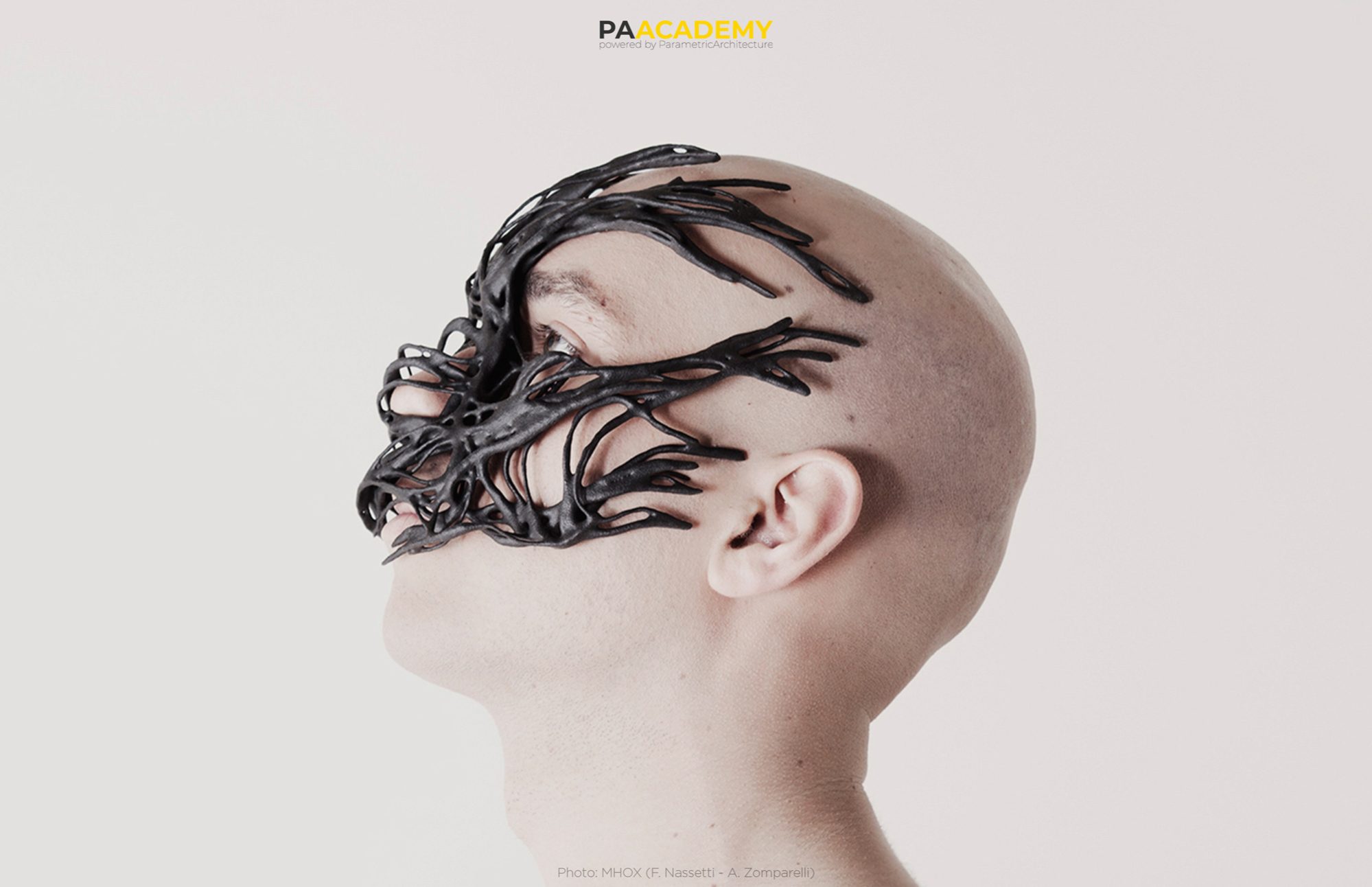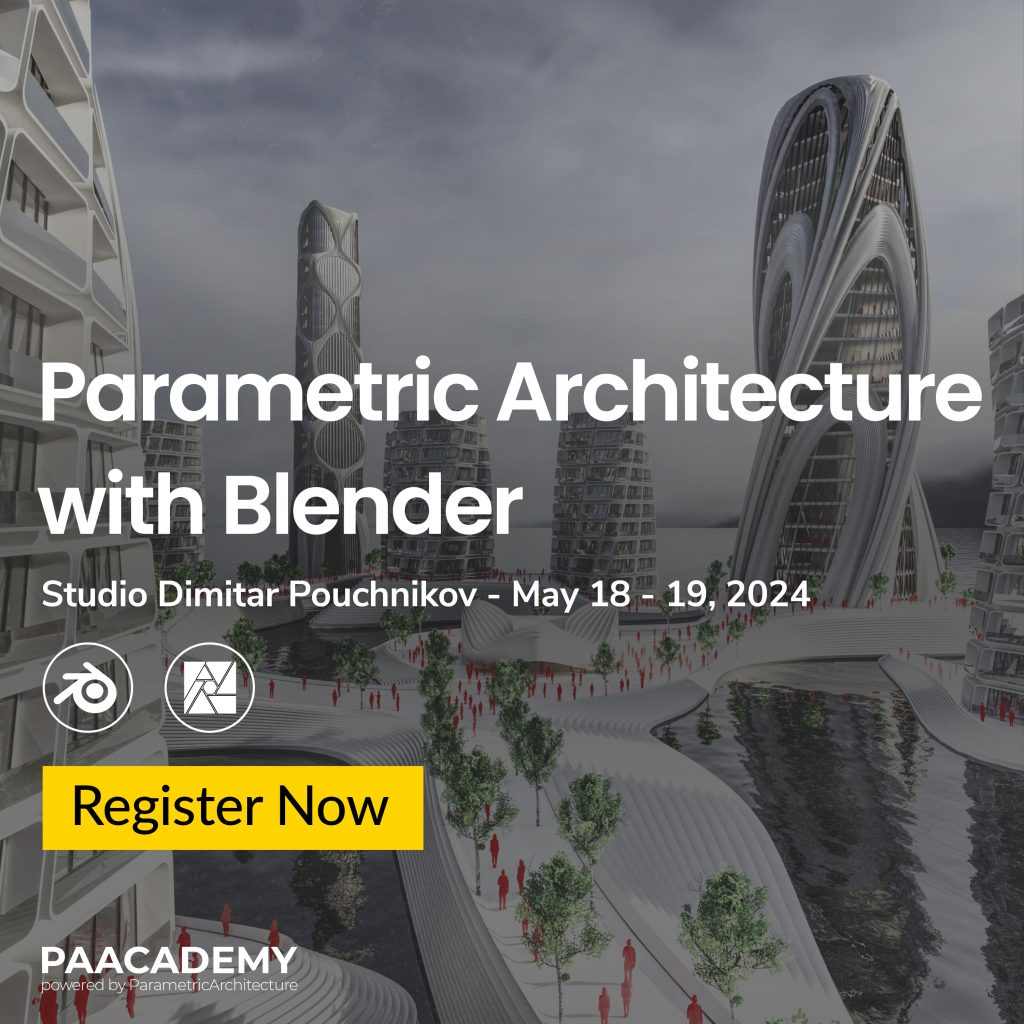Body Architecture / Studio Filippo Nassetti
The Body Architecture studio workshop explores the possibilities of designing the unique type of wearables for different natural and artificial environments and how the human body and its prostheses would react and adapt to future trends.
Course Introduction:
Throughout history, the human body and technology co-evolved, generating forms of deep symbiosis, materialized in a vast web of artifacts and prostheses that mediate between individuals and the environment. All wearable products, medical devices, tools, means of transportation, the city itself can ultimately be interpreted as an extension of our physical bodies. These technological prostheses increase the chances of survival and expand the human experience.
In the future, abrupt changes in the climate and the ecological crisis rapidly change the environments in which people live. We can expect a widening of extreme conditions, with changes in the atmosphere’s composition, expanding desertification, flooding of vast territories.
It is then possible to imagine that in the decades and centuries to come, our array of prostheses and body extensions will have to be re-designed to adapt to such fast-changing conditions.
The Body Architecture studio workshop aims at anticipating such needs and developing a design agenda that explores and describes emerging opportunities. Moving from the identification of a specific trend of climatic change, projects will speculate on transformations of natural and artificial environments, and how the human body and its prostheses would react and adapt to such trends. The projects will eventually propose the design of a specific wearable artefact, or a vision of a more radical transformation of the human body.
While being primed with software and design techniques, participants will form small groups to develop their own projects. Research into historical, contemporary, and fictional case studies is highly encouraged, spanning from any kind of gear developed through human history to adapt to aggressive environments, to contemporary sportswear and tools for space and deepwater exploration, to science-fictional examples of body transformation and extension.
The Body Architecture studio workshop is flexible to encourage different time scales and degrees of speculation, from shorter-term ones, such as enquiring on which type of wearable artefacts will be needed in the pandemic and post-pandemic world, or the future of sports activities, to more radical and visionary ones, from flooded worlds where people will have to live underwater, to outer space exploration.
Sessions Details:
SESSION 1 / 06.11 Introductive lecture – 1h Digital representations of the human body – 1h Computational design techniques – 2h Assignment 1
SESSION 2 / 13.11 Kick-off lecture – 0.5h Computational design techniques – 2.5h Tutorials / project reviews – 1h Assignment 2
SESSION 3 / 20.11 Kick-off lecture – 0.5h Computational design techniques – 2.5h Tutorials / project reviews – 1h Assignment 3
SESSION 4 / 27.11 Kick-off lecture – 0.5h Computational design techniques – 1.5h Tutorials / project reviews – 2h Assignment 4
SESSION 5 / 04.12 Kick-off lecture – 0.5h Computational design techniques – 1.5h Tutorials / project reviews – 2h Assignment 5
SESSION 6 / 18.12 Final Crit
Filippo Nassetti
Filippo Nassetti is an architect and generative designer. His design agenda was initiated in 2012 by co-founding MHOX, an EU-funded research practice and start-up focused on the design of radical artefacts and wearable products through computational techniques and 3d printing. The contribution of MHOX to the generative design gained international recognition through a number of experimental projects, such as Collagene, Carapace and Superabundance Masks, Generative Orthoses, ENEA walking stick, and the designs of prostheses.
In 2015 Filippo joined Zaha Hadid Architects, initially as part of the Computation and Design team, then of Zaha Hadid Design. His focus there is on small-scale research projects, from product design to experimental sculptures and installations. He was responsible for computational design in the ZHD x Odlo Futureskin project, a collection of sportswear based on body mapping and automated knitting, and Behaviour. Morphe, a ten-minute projection mapping on the 180-meter-long facade of the castle of Karlsruhe.
Since 2016 he teaches at UCL The Bartlett School of Architecture, as part of the B-Pro Master’s Degree program. The research agenda he pursues, Postnatural Design, focuses on exploring the aesthetics that emerge from the crisis of traditional oppositions such as natural and artificial, digital and material, human and inhuman, relating research on organic form, computational methods, and new media.
Filippo’s independent work has been published and exhibited internationally. He lectured at The Royal College of Arts (London), China Central Academy of Fine Arts (Beijing), Florida International University (Miami) among others; exhibited at Centre Pompidou (Paris), Design Museum (London), Bozar Centre (Bruxelles); published on The New York Times, International Herald Tribune, Dezeen, Wired Italia.
Important Notes:
- The Body Architecture studio workshop by PAACADEMY started on Saturday, November 6, and ended on December 18, 2021.
- Total sessions: 6 Sessions
- Each session duration: 4 hours
- Total duration: 24 hours
- Software to use: Rhinoceros 3D + Grasshopper 3D
- This studio workshop took place in November-December 2021 and all the sessions were recorded.
- Please note that tickets are non-refundable and non-transferable. Please read carefully before you purchase.
- After your purchase, you will have access to the recordings and files of the workshop.
Software requirements
Watch our interview with Filippo Nassetti to have more insights about what you will learn during the Body Architecture course: PA Talks 43 – Filippo Nassetti
€450.00 €400.00





